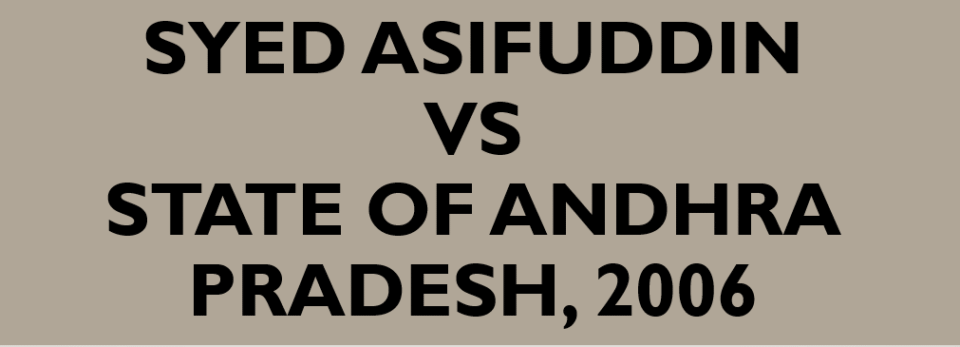Fact
Wherein Tata Indicom employees were arrested for manipulation of the electronic 32-bit
number (ESN) programmed into cell phones that were exclusively franchised to Reliance
Infocomm. The handsets, which were given to Reliance Infocomm subscribers, were
technologically locked so that it would only work with the Reliance Infocomm services.
However, it came to the light during investigations that the supplied handsets could be unlocked
for the Tata Indicom service as well.
Observation & Judgment:
➢ The court held that such tampering of code is a punishable offence under Section 65 of
the IT Act, 2000. Such tampering will not be covered within the fair dealing and
exceptions to copyright infringement under Section 52 of the Copyright Act, 1957.
➢ The Andhra Pradesh High Court held that such tampering constituted tampering with
source code within the meaning of Section 65 of the IT Act, 2000.
➢ The court observed that when someone manipulates Electronic Serial Number (ESN) a
mobile handset specially designed for use by a company (Samsung/LG handsets) so that
it is only usable by a particular service provider such as Tata Indicom becomes usable by
other service providers, it constitutes an offence under Section 65 of the IT Act, 2000.
➢ The High Court opined that every handset carries unique set of numbers, like Electronic
Serial Number (ESN) and System Identification Code (SID). The ESN is a unique 32-b
number programmed into the phone when it is manufactured by the instrument
manufacture whereas SID, is a unique 5-digit number that is assigned to each telecom
carrier by the license i.e., the Government of India. SID is programmed into a phone
when one purchases a service plan and has the phone activated. Accordingly, ESN and
SID come within the definition of “computer source code” under section 65 of the
Information Technology Act.
➢ Justice VVS Rao held that therefore, prima facie, when the ESN is altered, the offence
under section 65 of L.T. Act is attracted because every service provider like second
respondent has to maintain its own SID code and also gives a customer specific number
to each instrument used to avail the services provided. The submission that as there is no
law which requires a computer source code to be maintained, an offence cannot be made
out, is devoid of any merit. The disjunctive word “or” is used by the Legislature between
the phrases “when the computer source code is required to be kept and the other phrase
“maintained by law for the time being in force” and, therefore, both the situations are
different.
It is not only articulated what constitutes a “computer source code”, but also emphasised the fact
that a cell phone is a computer!


